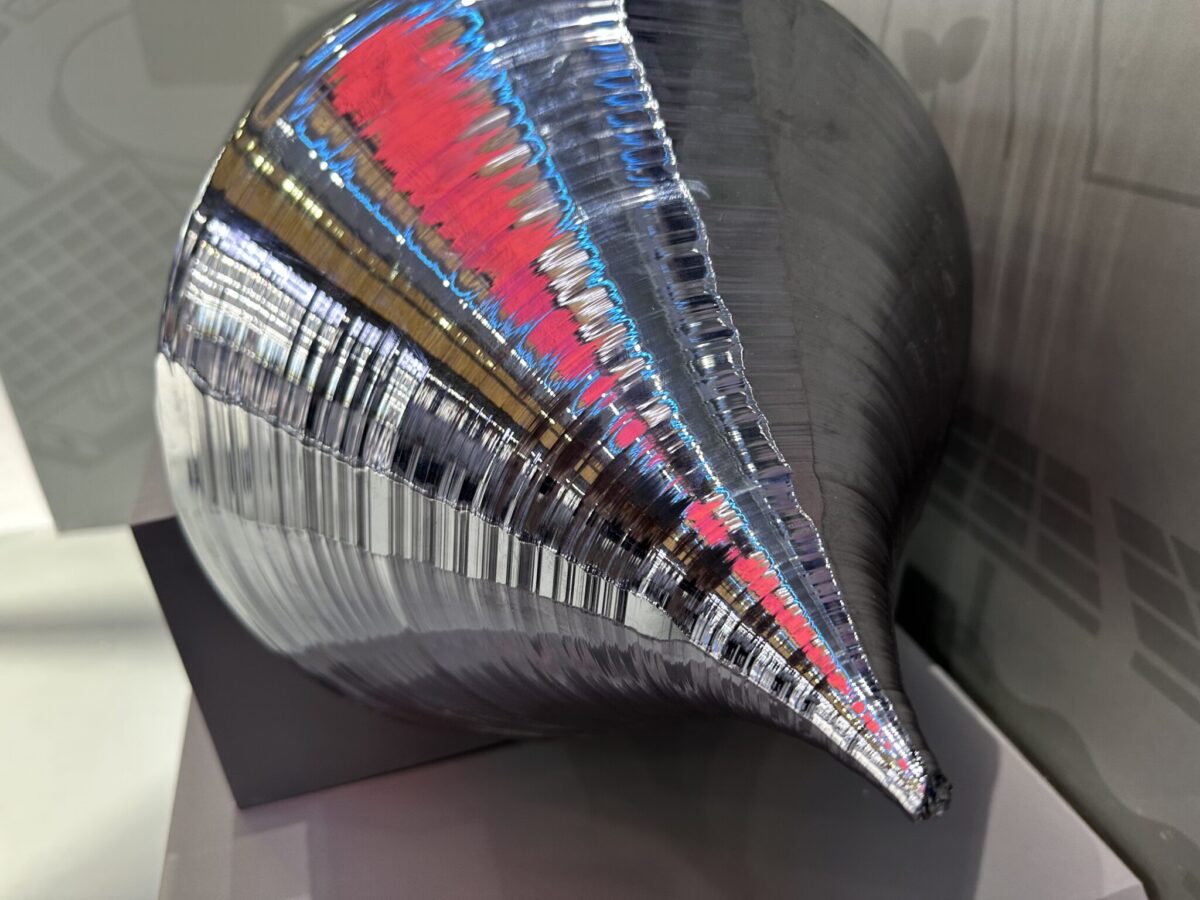From pv magazine Global
Researchers at the Academy of Scientific and Innovative Research (AcSIR) in India have used the SPS technique to produce polysilicon ingots from recycled solar cells in end-of-life PV modules. They claim to have produced small-sized ingots with purity levels of 98% to 99%.
These purity levels slightly exceed the 3N purity level, which the scientists say is greater than that of metallurgical-grade silicon. It is also “good enough” for applications other than solar cells, like battery materials.
“Currently, we are working towards the purification process of recovered silicon to grow ingot better than 5N, so that same can be used in the fabrication of new solar cells,” researcher Sushil Kumar told pv magazine. “This work is expected to be completed in the next few months.”
The scientists used a modified hot pressing technology known as SPS, involving the passage of pulsed direct current with millisecond pulse widths, high current, and low voltage through the pressing tool and sintered body. This approach enables rapid heating and short processing times, typically within a few minutes. The researchers specifically applied this technique to consolidate the silicon powder obtained from the recycled solar cells.
They conducted the experiment on a 98 cm × 164 cm solar module, weighing 17.18 kg. They used a mechanical treatment to remove the aluminum frame (0.62 kg) and the junction box. They then cut down the remaining parts of the panel into small pieces of varying sizes, ranging from 9.5 cm × 11 cm to 12 cm × 16 cm.
The process involved thermally treating the recovered wafer pieces on a stainless steel plate at an optimised temperature of 480°C for 30 minutes in a muffle furnace, resulting in a total weight of 23.04 grams. Glass, silicon cell fragments, and connecting wires were recovered, while the EVA encapsulant and backsheet were removed. To eliminate residual ash adhering to the cell pieces, the cell fragments underwent ultrasonic cleaning with hot distilled water for one hour.
Subsequently, the researchers utilized SPS to consolidate the powder at temperatures ranging from 1,100 C to 1,200 C, significantly below silicon’s melting point of 1,410 C. The sintering cycles were conducted for up to 20 minutes under vacuum conditions.
The Indian team reported removal rates of 97.72% for aluminum and 99.90% for silver through this process. Using X-Ray Fluorescence (XRF) analysis, they determined that the resulting ingots achieved a purity level exceeding 3N.
“Despite the fact that recovered silicon from waste is used in the production, it is highly likely that ingots of much greater purity can be easily produced through upgraded recovery and purification techniques,” the academics concluded.
They presented the new technique in “Growth and analysis of polycrystalline silicon ingots using recycled silicon from waste solar module,” which was recently published in Solar Energy Materials and Solar Cells.
This content is protected by copyright and may not be reused. If you want to cooperate with us and would like to reuse some of our content, please contact: editors@pv-magazine.com.









By submitting this form you agree to pv magazine using your data for the purposes of publishing your comment.
Your personal data will only be disclosed or otherwise transmitted to third parties for the purposes of spam filtering or if this is necessary for technical maintenance of the website. Any other transfer to third parties will not take place unless this is justified on the basis of applicable data protection regulations or if pv magazine is legally obliged to do so.
You may revoke this consent at any time with effect for the future, in which case your personal data will be deleted immediately. Otherwise, your data will be deleted if pv magazine has processed your request or the purpose of data storage is fulfilled.
Further information on data privacy can be found in our Data Protection Policy.